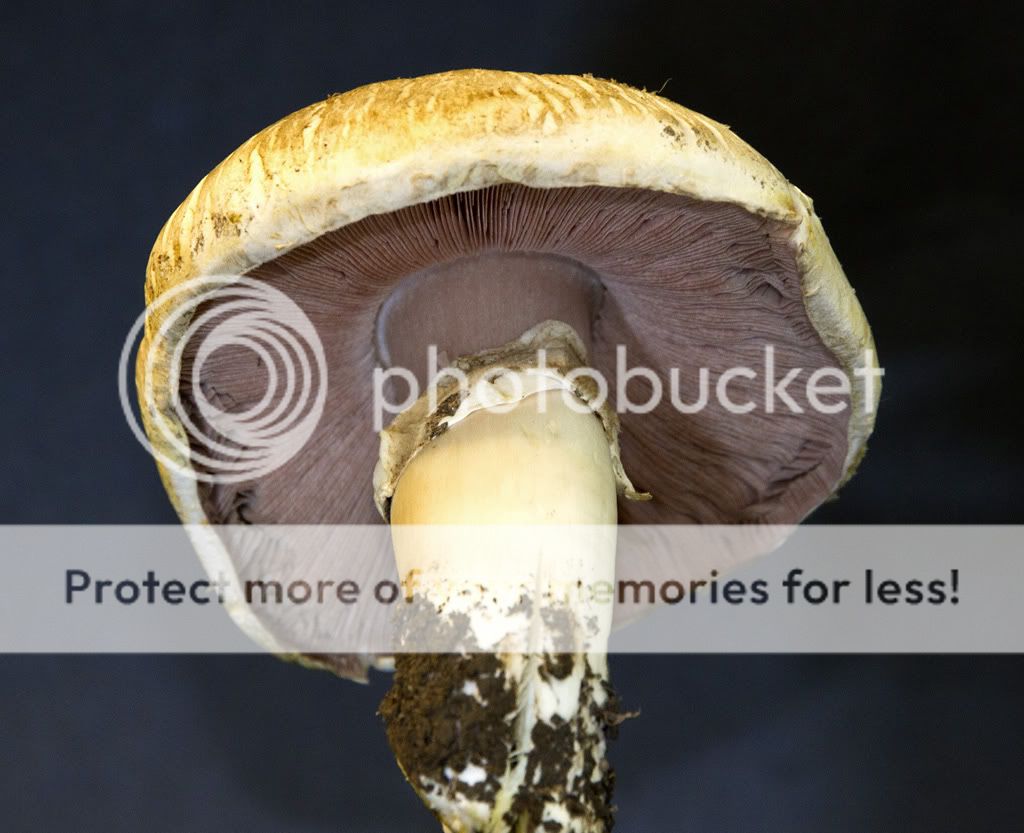This week our friend, Robert Bender, returned to talk all
about fungi. Strange but true fact, the fungus is the largest living organism on
Earth!
 |
| Jaime, Robert and Smokey at the studio |
Fungi are commonly classified as a plant, however as
Robert explains, fungi is not a plant as it does not photosynthesize. Rather fungi is classified as a separate kingdom. Most of the fungi living matter can be
found underground. Mushrooms are the ‘fruit’ of fungi and are akin to pimples
on us! The role of the mushroom is to spread
spores through air or water. The body of the fungi is a thin material that propagates
through the soil, logs and living wood. Fungi are made up of 96% of water; they
will only pop out during wet periods.
Fungi has been around for the past 400-450 million years,
its essential function is to rot wood, extracting nutrients from dead or living
wood. Fungi has a symbiotic relationship with vascular plants such as trees,
grasses and herbs. Vascular plants do not extract nitrogen from the ground
well; fungi do not have the ability to make their own foods. Vascular plants
and fungi partner together that is mutually beneficial to both, vascular
plants obtain their nitrogen from fungi in exchange from nutrients extracted
from the vascular plants. About 97% of Australian vascular plants use fungi to
absorb nitrogen.
Previously we didn’t know very much about Australian fungi,
it was estimated that there are 10,000 species of fungi. The Fungimap project started to map the different species of fungus. Starting with 100 species 15
years ago, there has been 10,000 citing of fungi by volunteers. Volunteers
have taken photos of fungi and sent them into fungimap. Fungimap 2 with 100
species have started, to learn about mapping fungi in your area, view their
website.
If you plan on going on a mushroom hunt, field mushrooms are
edible. However the Yellow Strainer is a native species that looks just like a
field mushroom except when it is bruised, it turns sulfuric yellow. Death Caps
also look similar to field mushrooms that are commonly found in domestic
gardens. Mushrooms have been known to cause serious illness and even death,
thus before eating wild mushrooms, make sure you know it’s not poisonous.
 |
| The Yellow Strainer, courtesy of ausphotography.net.au |
Fungi come into all different shapes, colours and sizes. To learn more about fungi and truffles (yes truffles is a fungi!), look up Fungi down under and tune into the podcast
Tracks played today:
Stereo Love
Desafinado
Lisa Miller- It will never happen again
Get back again- Kutcha Edwards
Battleships- Bernard Fanning.
No comments:
Post a Comment